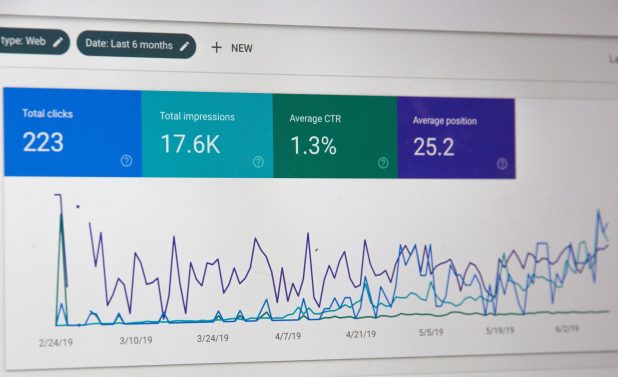
Title tags are more important than you probably imagine, and definitely not as straightforward as you want them to be. Many people mess up their SEO ranking with shoddy title tags. If you don’t want to be one of those, it is imperative that you take your time to learn as many tricks as possible on how to have the best possible Meta description, title tags, and an overall powerful SEO strategy.
Title tags can either attract or repel visitors from your web pages depending on how you structure them. After all, they are the first contact a potential visitor has to your web content. Your competitors have invested hugely both in time and energy to come up with a better title tag than yours, for the same content that you are putting out there. Your website could rank higher than the competitors in the search engine results pages (SERPs), but having an inferior title tag to theirs can cost you substantial online traffic.
If you intend to be writing well thought out and persuasive tags from now onwards, here are 7 important tips for you:
1. Include the focus keywords in the title tag
When you place your focus keywords at the beginning of a page’s title tag, you are able to grab the attention of potential visitors. Note that potential visitors are Google searchers who have questions they need answers to, or problems they need solving. Their search queries are filled with focus keywords, and they expect to see those keywords popup somewhere on their search engine results. However, these searchers don’t have the time to scan through your title tag or meta description in search of their focus keywords. If they can’t find the keywords within the first 10 characters (the equivalent of two words) of your headline, they are less likely to click on your webpage.
2. Research and include secondary search terms
Investing in SEO training will help you make solid keyword research before writing your title tags. It will be easier for you to dig deep and collect all focus and secondary keywords without needing the help of an SEO consultant. Secondary keywords are the terms that people often include in long-tail keywords when querying Google, terms that will land them on a page with more precise and relevant answers to their queries. Pay close attention to these terms and as much as possible, ensure to include them in your tags.
3. Maintain the tag at 60 characters or less
Google only shows about 66 characters of your title tag. Other search engines show around that same number of characters, and then add an ellipsis (…) to show that some of the characters have been omitted. When some of your characters are omitted, your tag seems unprofessional, incomplete, and bulky. Besides, the shorter the tag, the easier it is to read.
4. Do a thorough competitive analysis
Your title tags and meta descriptions are only as effective as your competitors’ tags are ineffective. If your competitors are writing better tags than you, no matter the effort you have put into yours, your page will still miss out on a huge chunk of potential clicks. You must, therefore, ensure that you are a step ahead of your competitors. You need to know the language that people use within your industry, the grammar, as well as the messaging that will get people hooked. On top of customizing your description in line with your industry, if it applies to your business, you also need to make sure you follow a localization strategy in line with the culture of your target audience.
5. Appeal to humans, not robots
Many web owners fail terribly at SEO for targeting robots with their content instead of targeting the right keywords for human searchers. They repeat high-value keywords in their title tags in order to hoodwink Google search algorithms. But remember that we are in 2020, not 2000. Black-hat SEO is literally on its knees now. It won’t build any valuable clicks for you.
6. Ensure that it accurately describes your website
First, the title tag should carry as many keywords as possible for the content of that particular page. The keywords should appear somewhere within the content of the involved page so that the searcher can engage with the content longer and fruitfully. Secondly, the tags should tell the searcher what kind of brand you are. The goal is to come out as an authority website with reliable content.
7. Give every page a unique tag
Your website has multiple web pages, each with its unique content. Using the same tag for two or more web pages on the same site will confuse search engines and deny both pages a chance to rank highly for their respective focus or secondary keywords. Avoid duplicity and confusion by giving each page a unique title.
Conclusion
You cannot afford to neglect your title tags if you are serious about SEO. As we have established, you will do well in Google and attract sufficient online traffic when you get your title tags game right.
However, remember that title tags aren’t the only important things in SEO. Investing in quality, helpful content and designing a navigable, user-friendly website is highly important.
Matt Kimberly is a marketing specialist with over 6 years of experience. He enjoys using what he has learned from different challenges in marketing and helps people in this aspect. He has learned a lot from articles especially from this website which helped him with different tips about marketing strategy. He tries to help businesses establish clear goals that take their business from where it is to where the owner wants in the marketing area.The post Mastering Title Tags: Key Tips You Should Follow appeared first on SiteProNews.
Source: Site Pro News
Link: Mastering Title Tags: Key Tips You Should Follow


